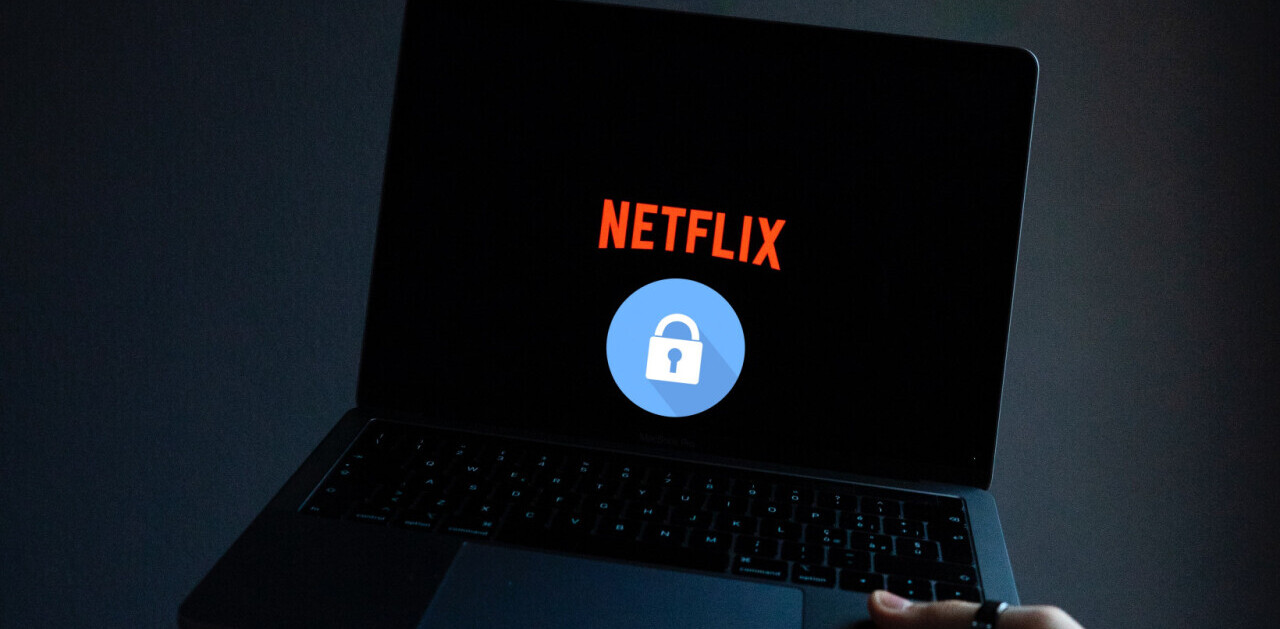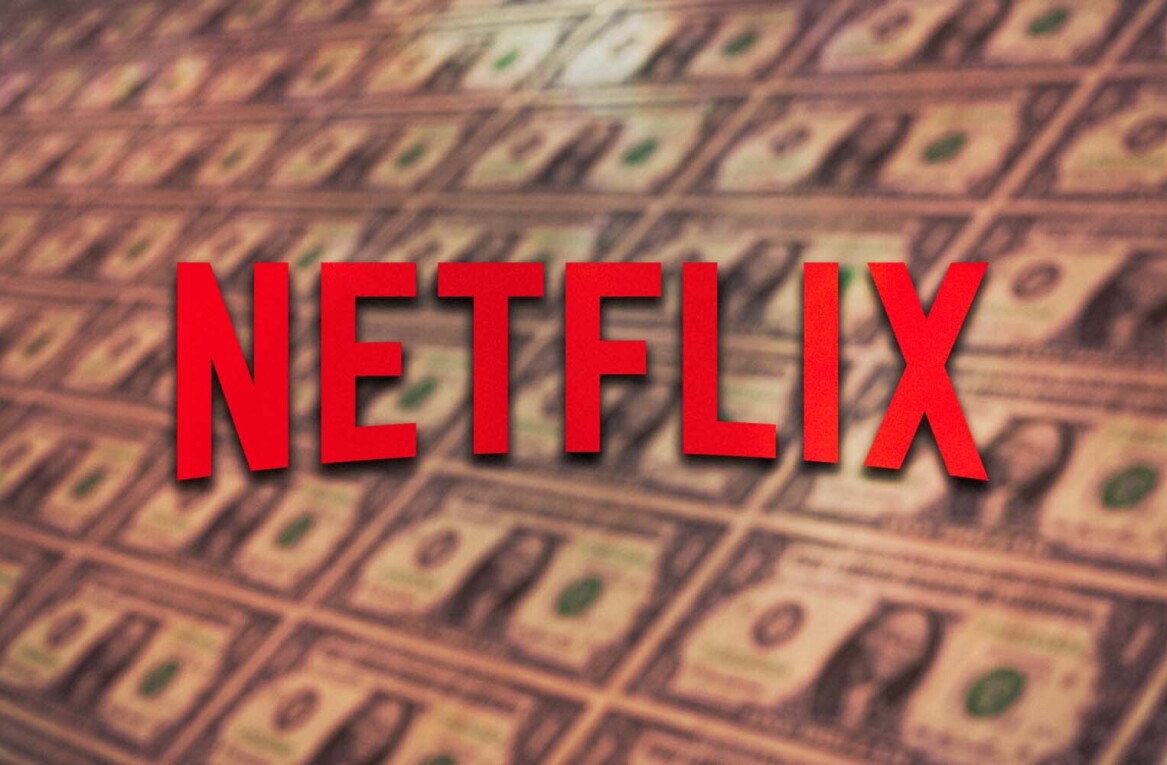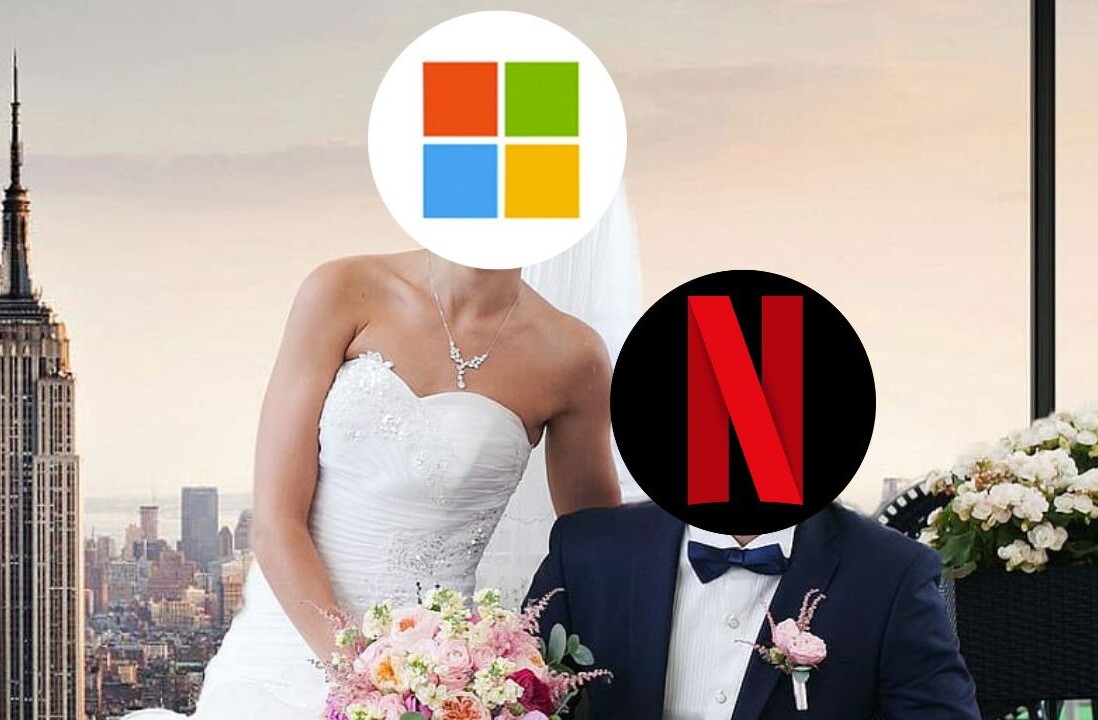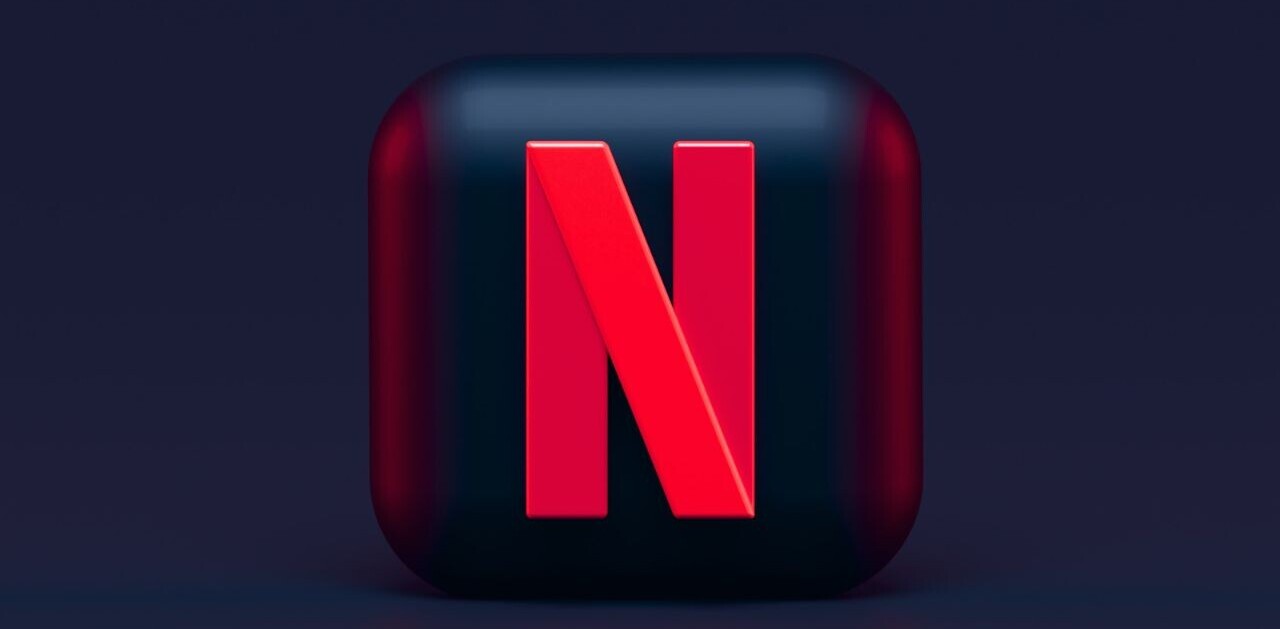
Google on Wednesday offered a behind-the-scenes look at its peering and colocation policies for Google Fiber. In the post, the company revealed that it lets Netflix and content delivery network Akamai place their own content servers in Google’s facilities in order to create a “win-win-win” situation for itself, partners and customers.
Much has been made of Netflix’s paid peering agreements with Comcast and Verizon. Peering, which is the process of directly hooking up the networks of two different providers, has been a longstanding practice in the industry. However, when a company like Comcast competes with Netflix, having to reach a paid agreement in order to restore degraded service feels more like a strong arm tactic than a friendly business cooperation.
Google, for its part, asserts that it doesn’t make money from peering or colocation agreements. Fiber’s terms of service also state that the company will “fairly allocate” bandwidth without regard to subscribers’ online activities, meaning that other companies can’t pay for a fast-lane to prioritize their traffic. That means that Google can’t play favorites and keep YouTube running for customers while slowing down Netflix and other non-Google services.
While Google Fiber has the benefit of already being fast, it has consistently been the provider with the best performance in the US for Netflix. The colocation agreement helps achieve that by reducing the distance that a request has to go from Google’s network to Netflix’s servers, while also reducing costs for both parties.
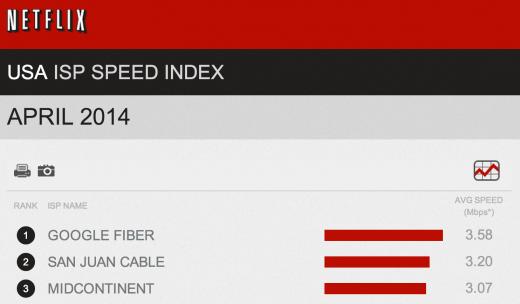
As the debate over net neutrality continues, Google has chosen to practice a form of neutrality on its Fiber network without having to wait for a government requirement. Fiber’s customer reach is still pretty small, but it’s nice to see at least someone’s not trying to hold content hostage for a quick buck.
➤ Behind the scenes with Google Fiber: Working with content providers to minimize buffering
See also: Google wants to bring Google Fiber gigabit Internet to 34 new cities in the US
Get the TNW newsletter
Get the most important tech news in your inbox each week.
